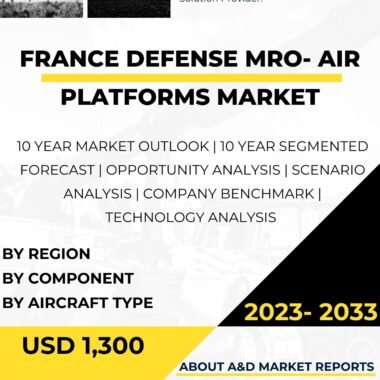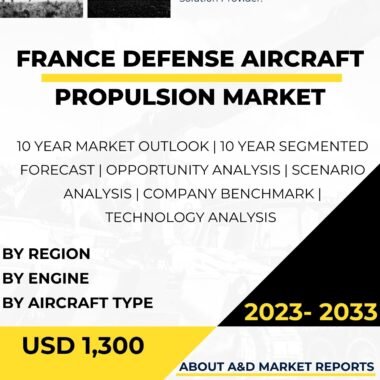Description
Canada’s defense avionics sector plays a crucial role in maintaining the country’s national security and protecting its airspace. Avionics, short for aviation electronics, refers to the electronic systems used in aircraft for communication, navigation, surveillance, and other vital functions. The Canadian government, in collaboration with domestic and international aerospace companies, has made significant investments in research, development, and manufacturing of cutting-edge avionic systems. These advancements ensure the Canadian Armed Forces (CAF) maintain their operational capabilities and contribute to global peacekeeping efforts.
Canada’s commitment to avionics innovation dates back to the early 20th century when the Royal Canadian Air Force (RCAF) was established. The RCAF’s aviation electronics program has evolved over time to keep pace with rapidly changing technologies. Today, it encompasses a wide range of avionic components, including radars, communication systems, electronic warfare equipment, and advanced cockpit displays.
One of the key areas of focus for Canada’s defense avionics is the development of state-of-the-art radar systems. These radars enable CAF aircraft to detect and track both friendly and hostile forces, providing crucial situational awareness in various operational scenarios. Additionally, radar technology aids in monitoring Canada’s vast territorial waters, contributing to maritime security and search-and-rescue missions.
To bolster their avionics capabilities, Canada collaborates with global aerospace leaders and has participated in joint development programs. Such partnerships allow the country to access advanced technologies while fostering international cooperation. Furthermore, joint ventures facilitate the exchange of knowledge and expertise, benefiting both Canadian industry and allied nations.
The Canadian defense avionics sector also emphasizes communication systems to ensure seamless coordination between aircraft, ground stations, and other military units. Effective communication is essential for mission success, enabling real-time data sharing and decision-making in complex operational environments.
Electronic warfare (EW) is another critical aspect of Canada’s avionics development. EW systems protect aircraft from enemy threats, including radar jamming, missile guidance disruption, and signal intelligence. These sophisticated systems not only safeguard CAF aircraft but also enhance the country’s overall defense posture.
Furthermore, Canada invests in research and development to improve the avionics integration within its fighter fleet. Upgrading existing platforms with modern avionics enables the CAF to extend the lifespan of its aircraft while maintaining combat effectiveness. The integration of advanced avionics enhances aircraft survivability, agility, and precision strike capabilities.
Avionics development is also aligned with Canada’s commitment to environmental sustainability. The aerospace industry is constantly striving to reduce the environmental impact of aviation operations. By adopting more fuel-efficient avionic systems and exploring alternative propulsion technologies, Canada aims to mitigate its carbon footprint while meeting its defense requirements.
Beyond domestic defense needs, Canadian avionics companies actively participate in the global market, exporting their products and technologies to allied nations. This not only strengthens Canada’s defense-industrial base but also fosters economic growth and job creation in the country.
Maintaining a skilled workforce is crucial to the success of Canada’s avionics industry. The government invests in education and training programs to ensure a steady supply of highly qualified engineers, technicians, and experts in aviation electronics. These professionals play a vital role in developing, manufacturing, and maintaining cutting-edge avionic systems.
In conclusion, Canada’s defense avionics sector is an essential component of the country’s national security and military capabilities. By investing in research, development, and international collaborations, Canada ensures it remains at the forefront of avionics technology. The constant pursuit of innovation in radar systems, communication, electronic warfare, and avionics integration enhances the operational effectiveness of the Canadian Armed Forces. Moreover, active participation in the global aerospace market bolsters Canada’s defense-industrial base and contributes to the nation’s economic growth and technological advancement. As threats and challenges evolve, Canada will continue to adapt and innovate to safeguard its skies and support international peacekeeping efforts.




